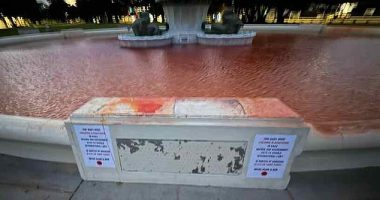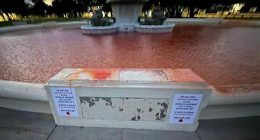El Niño years are followed by La Niña years about 40 per cent of the time, and in about 10 per cent of years an El Niño year has been followed by another El Niño year.
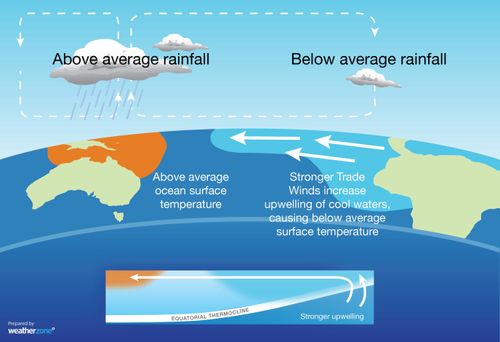
Half the time, El Niño years are followed by neutral years, and the Bureau initially forecast ongoing warmer temperatures in coming months.
But yesterday, BoM said there were some “early signs” a La Niña might form in the Pacific Ocean later in the year.
“When La Niña Watch criteria have been met in the past, a La Niña event has subsequently developed around 50 per cent of the time,” the Bureau said in its Climate Driver Update.
“There is about an equal chance of neutral ENSO (El Nino Southern Oscillation) conditions in the same outlook period.”
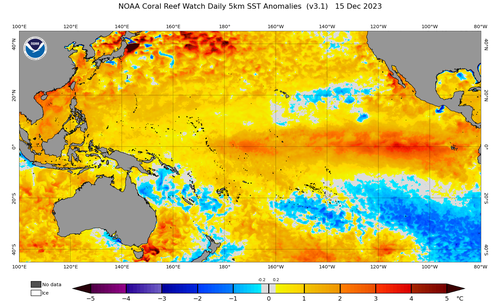
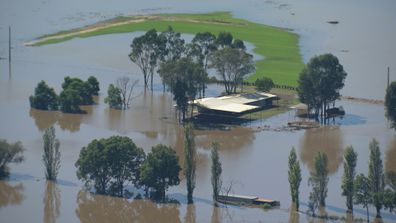
Floods destroy properties across NSW after record-breaking deluge
The Bureau said that sea surface temperatures in the central Pacific had been steadily cooling since December.
“It is important to emphasise that early signs of La Niña are most relevant to the climate of the tropical Pacific, and that the long-range forecast for Australian rainfall and temperature provides better guidance for local climate.”
A La Niña weather event, which Australia experienced three consecutive times before the recent El Niño, is associated with cooler temperatures and heavier rainfall.


